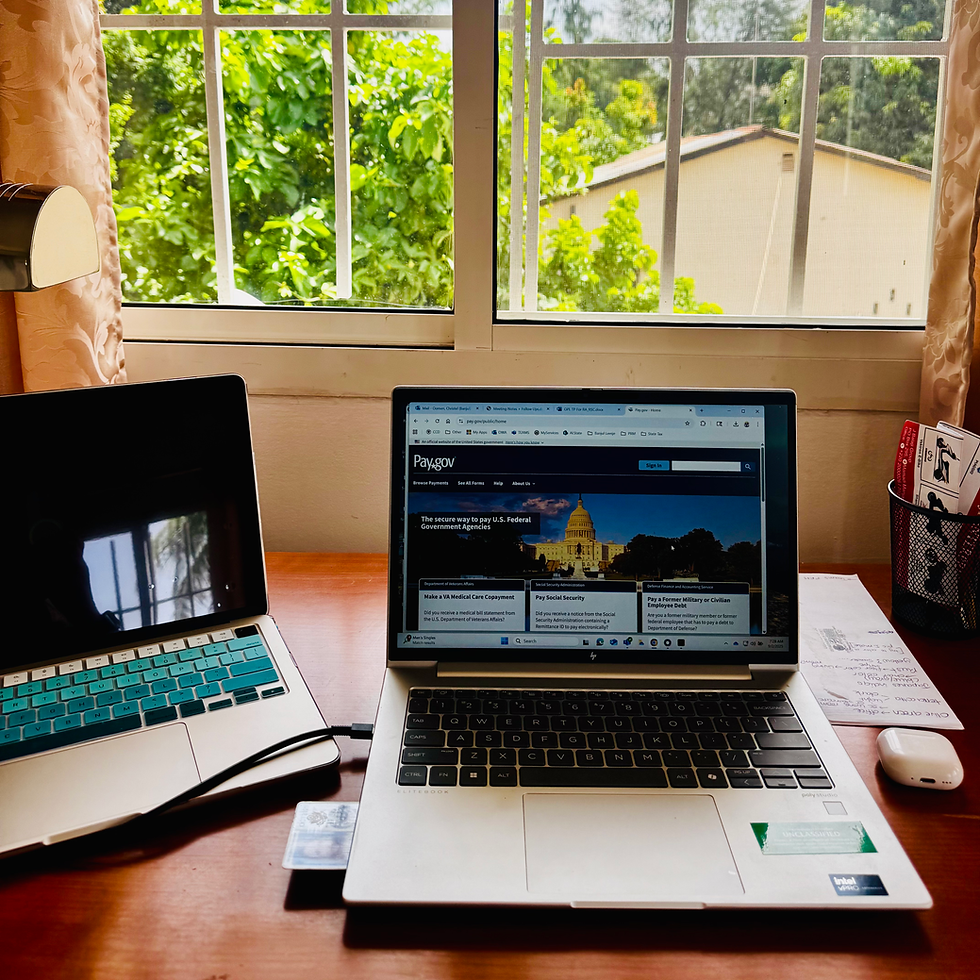Prison visits
- Owner

- Jun 1, 2021
- 2 min read
Updated: Jun 9, 2021
I think few people know that all U.S. prisoners overseas are entitled to a monthly or bi-annual visit by a consular officer. In Berlin and north/east Germany that consular officer is me.
“What it’s like” depends—as with everything in the Foreign Service—very much on the country you’re posted. I was told, for example, that it takes a dozen diplomats to visit all the jailed Americans in Mexican border posts. In Berlin, on the other hand, it’s a small portfolio that involves less than one visit a month.
Yet my prison portfolio feels pretty intense right now. In the span of six days I visited three prisoners, two of whom were in a psychiatric facility. Some visits felt heavier than others but it is, in any case, a serious responsibility. Prisoners are isolated by definition so a visit can be an opportunity, a comfort, a necessary check.

I can’t complain about the setting of these visits though. The German prisons I’ve seen so far have great locations. The psychiatric institution in Berlin is in a beautiful forest with winding paths and buildings that vary in shape, blending into the leafy surroundings. This place is not only for prisoners who are so ill and dangerous they will probably die there—it’s also a place where people voluntarily commit themselves.
On my way out of the facility I helped a girl who was looking for one of the buildings. She showed me a doctor’s letter that said she had severe depression. It was a rainy day and she looked sad, with her faded pink hair in a messy bun, but she smiled when we found her building and said goodbye.
The jail I visited in Lüneburg (near Hamburg) was even more picturesque. The little historic town has a large square with cobblestones and terraces. There, next to the court house and across from Peek and Cloppenburg (the German equivalent of Nordstrom) sits the jail house—see picture. The gates are wide open, the guards friendly and even chatty.
I think I’ll like this new element of consular work, it’s interesting, and it getting me places!
————







